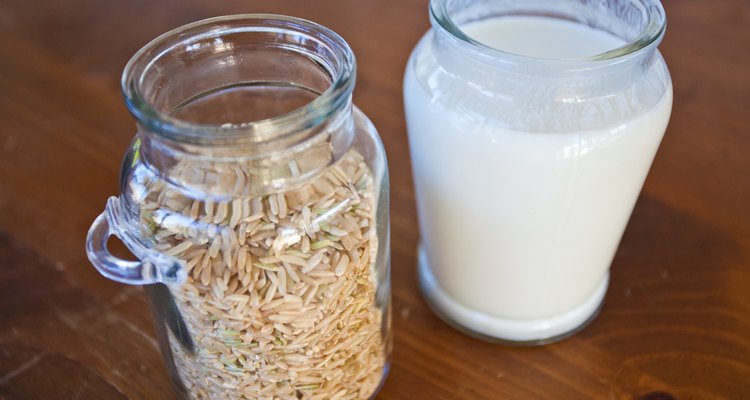
Few non-dairy milks work as both a beverage and cooking ingredient as well as rice milk, and none are as inexpensive to make. Unlike nut milks and soy, rice milk doesn't have much protein or fat, so it has less of an identifiable flavor. For example, when you drink almond milk, you taste almonds, but when you drink rice milk, you taste mild sweetness with no rice-like qualities. The technique used for making rice milk is the same as that used for nut and soy milk.
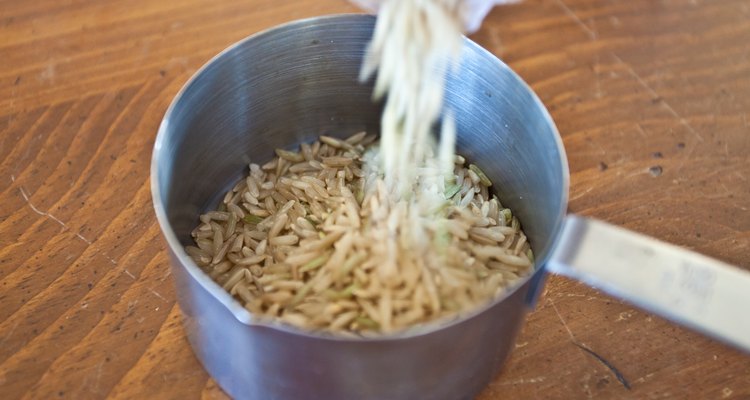
Pour 1 part short-grain brown rice in a saute pan; you need 1/2 cup of rice to make 2 cups of rice milk.
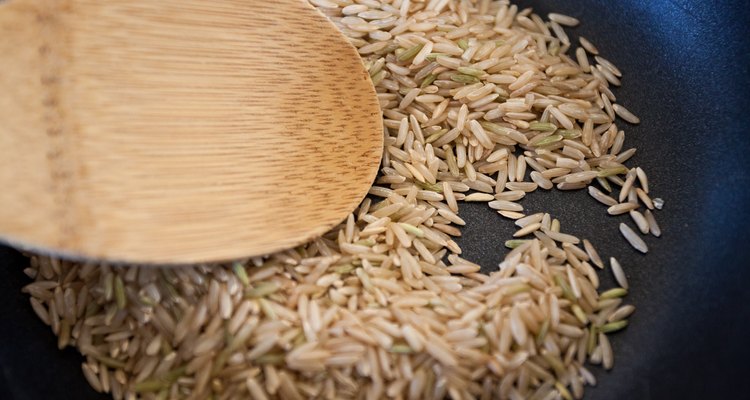
Toast the rice on the stove over medium heat until fragrant and slightly colored, about 4 to 5 minutes. Transfer the rice to a bowl.
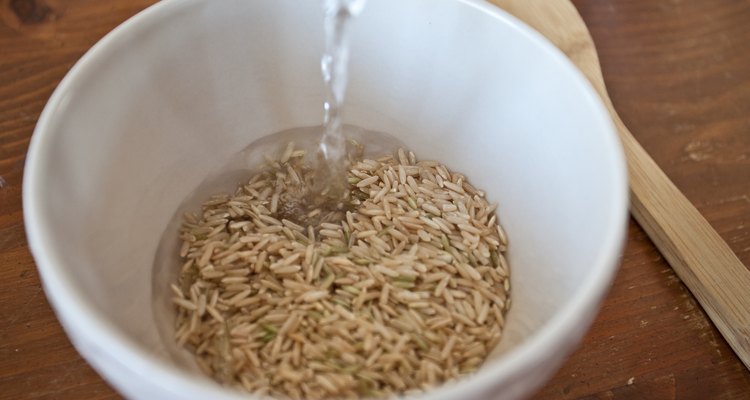
Pour 4 parts water over the rice; cover the bowl with a plate to prevent debris or dirt from entering. Let the rice soak for 10 hours.
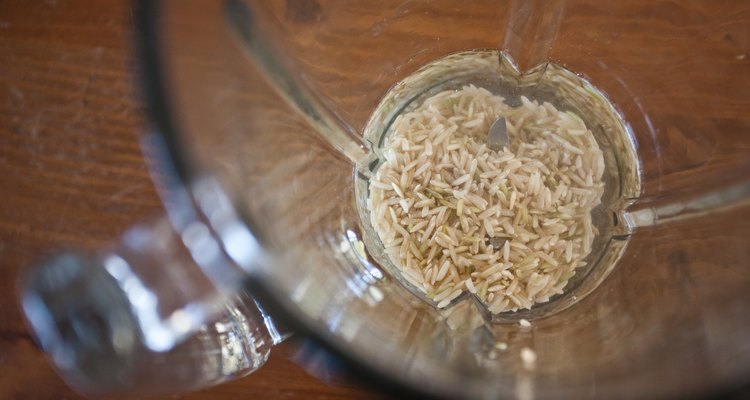
Transfer the rice and water to a blender after soaking. Add a pinch of salt and blend on high until smooth, about 2 minutes.
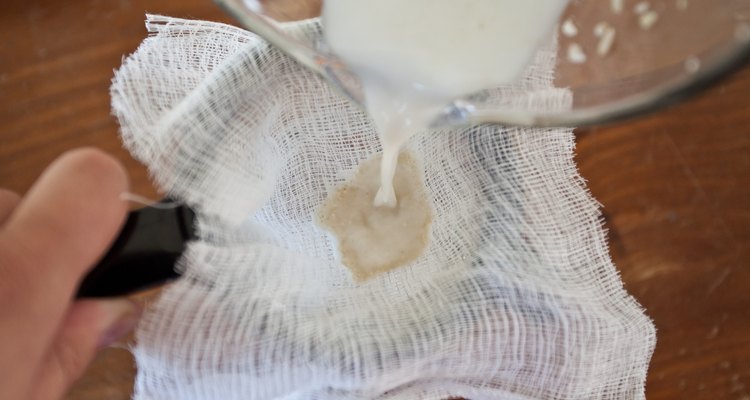
Pour the rice milk through a medium sieve lined with a couple layers of cheesecloth and into a glass storage container. You can also strain the rice milk using a nut-milk bag.
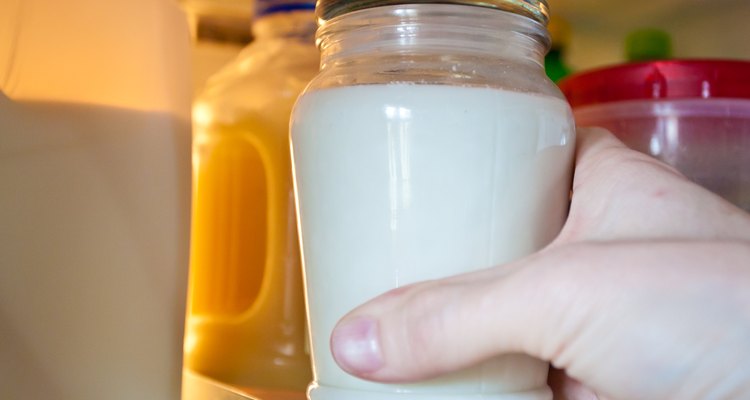
Chill the rice milk in the refrigerator until cold. Stir the milk before serving. Store rice milk in the refrigerator and use it within 5 days.
Related Articles
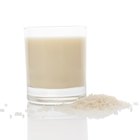
Rice Milk Nutrition Information

How to Successfully Make Ice Cream From ...

How to Use Rice Milk for Weight Loss
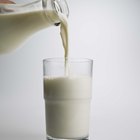
Whole Milk Vs. Lactaid Milk
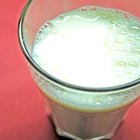
How to Make a Cinnamon Milk Face Mask
How to Scald Milk for Cooking
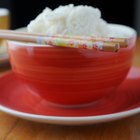
How to Cook Long Grain Rice
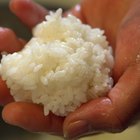
How to Cook Biko Without Using an Oven

How to Make Frosting Using All-Purpose ...
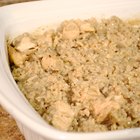
Baked Chicken & Rice With Mushroom Soup
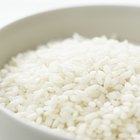
Differences Between Steamed & Boiled ...

How to Substitute Dry Milk for ...
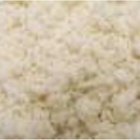
How to Boil Rice
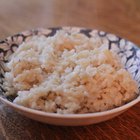
How to Cook Brown Basmati Rice
Can You Soak Pork Chops in Milk?
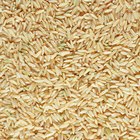
How Long After a Sell-By Date Can You ...
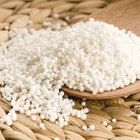
What Is the Nutritional Value of ...
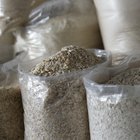
How to Cook Rice Flakes

Can I Dilute Whipping Cream to Sub Milk?

How to Cook Rice in Foil
References
Writer Bio
A.J. Andrews' work has appeared in Food and Wine, Fricote and "BBC Good Food." He lives in Europe where he bakes with wild yeast, milks goats for cheese and prepares for the Court of Master Sommeliers level II exam. Andrews received formal training at Le Cordon Bleu.
Photo Credits
Laura Beth Drilling/Demand Media